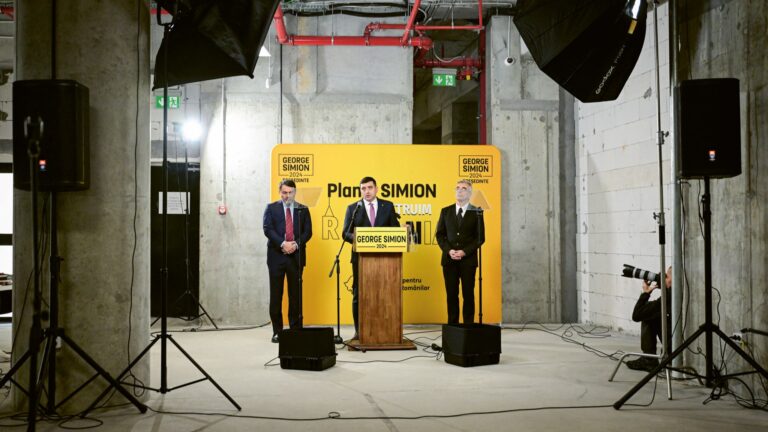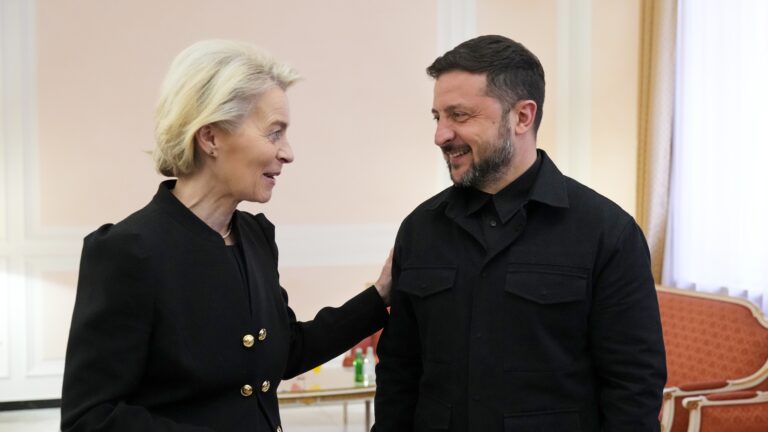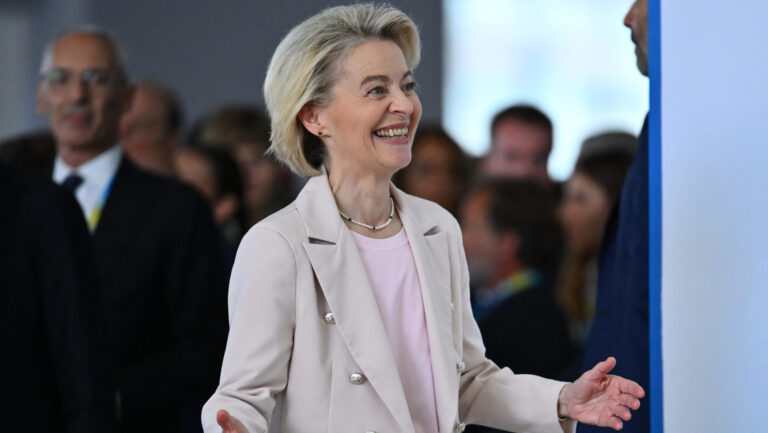The Hungarian party system started to develop in February 1989 when the MSZMP (Hungarian Socialist Workers’ Party) formally accepted the principles of a multiparty democracy. Soon, informally existing political groups were institutionalized, interwar parties were revived, and many new parties were rapidly established. In the spring of 1990, the new parties engaged in the first competitive, democratic and free election in the country’s history. This article is dedicated to discussing how Hungarian right-wing parties evolved over the last 30 years of multiparty competition.
Just like SZDSZ (Alliance of Free Democrats) on the left, MDF (Hungarian Democratic Forum) on the right was established during the late state socialist era, in 1987. As the regime at the time was a one-party dictatorship, MDF was forced into informality. However, it was able to grow into a major platform for right-wing intellectuals, so as a result, when the political transition started in 1989, MDF was present at the Roundtable Negotiations already as an opposition party. A year later, in 1990, MDF won Hungary’s first democratic and free parliamentary elections, becoming the first governing party of the Third Republic of Hungary (in coalition with FKGP (Independent Smallholders’ Party) and KDNP (Christian Democratic Party).
Although MDF was the only government in the region which could fulfill its four-year term without calling early elections (it even survived the death of the Prime Minister, Antall József), being in government during the transition was a suicide mission. As the country went from a planned economy to a market economy in a matter of months, the social costs of the transition were high. A dramatic change from full employment, suddenly around 20 per cent of the workforce lost their jobs. Not having a registered job was an offence during the state socialist period, so joblessness was a great shock to the citizenry. Inflation skyrocketed, while the country’s GDP declined significantly. Due to the economic recession associated with the transition, MDF stood no chance of re-election in 1994.
Albeit MDF lost the election, it had achieved many victories for the democratic cause. As during the state socialist period no free press was allowed, the media had a natural left-wing bias even in the early 1990s. MDF was aware of the problems media bias can cause in a democratic country, so it stepped up to diversify the political affiliation of radio and television channels. The political struggles over the control of the mass media also paved the way for the foundation and development of commercial media. In fact, both by orchestrating the transition to a multiparty democracy, and by setting the foundations of a free press, MDF did a remarkable job consolidating Hungary’s transformation.
Besides MDF there were a couple of other, minor right-wing parties in the 1990s. The FKGP (Independent Smallholders’ Party) had originally been established in the interwar period to represent the peasantry, but as it was banned under state socialism, it had to be re-established in 1988. While the party played a considerable role in the 1990s, it has since disappeared from the public sphere. The other, a bit more significant right-wing party of the 1990s was KDNP (Christian Democratic Party). KDNP was first established in 1943 and, although illegally, it existed for some part of the state socialist era, representing conservative and Christian values. The party was re-established in 1989, and it was a coalition partner of MDF between 1990 and 1994. Today the party is known for its symbiosis with Fidesz, with which it has been in a coalition alliance since 2005. In practice, this means that Fidesz and KDNP run together in all elections, so formally Hungary is governed by a Fidesz-KDNP coalition and not by Fidesz. However, as the two parties have been together for so long, not many differentiate between them anymore.
Fidesz had moderate success in the first democratic elections, garnering sufficient votes for parliamentary representation in 1990, with 21 seats
Albeit originally not established as a right-wing party, Fidesz (Alliance of Young Democrats) was also a product of the struggle against Communism. The then youth which established Fidesz started to organise themselves before the collapse of the communist regime as a strictly anti-communist group. In its nascent from, Fidesz was a liberal party, run by a couple of young university students. As a matter of fact, until 1992, the party even had an age limit for its membership – no one above 35 was allowed in the party[1]. Fidesz had moderate success in the first democratic elections, garnering sufficient votes for parliamentary representation in 1990, with 21 seats. However, the real opportunity for Fidesz to grow and widen its voting base came only in the mid-1990s, with the gradual disintegration of MDF. When MDF started to lose ground due to its internal struggles and electoral loss, Fidesz realised that it had a chance of winning over MDF’s former base, by shifting its agenda more to the political right. Fidesz’s transformation was also accelerated by KDNP’s crisis. Due to a chaotic rivalry between the party’s leaders, KDNP was falling apart, with some of its members leaving and joining Fidesz, thus supporting its ideological transition to the right.
Thanks to this gradual ideological transition, Fidesz managed to win over MDF’s base, which resulted in Fidesz’s victory in the 1998 elections in Hungary. The biggest achievement of the first Orbán government was Hungary’s NATO accession in 1999. Joining NATO was very important for the country, both strategically and symbolically – it marked Hungary’s return to Europe, after the long years of Eastern Block state socialism. Another accomplishment of the first Fidesz government was moving forward the negotiations with the European Union – Hungary joined the block in 2004, under the left-wing MSZP government. Besides the foreign policy successes, the country’s economic performance was also fairly good in the early 2000s. Since the country seemed to be in a good shape, losing the 2002 elections came as a great shock and disappointment for Fidesz. The 2002 elections were one of the most competitive in the country’s history, with a voter turnout of over 70 per cent in both rounds. The two main competitors, MSZP and Fidesz, were neck to neck during most of the campaign, but eventually, in a very tight race, MSZP managed to win the elections.
The political right was extremely disappointed about the surprising victory of the left in 2002, which was followed by a series of scandals of the MSZP governments in the coming years. When it was revealed that MSZP’s Prime Minister, Péter Medgyessy had been an agent of the state socialist secret services before the system change, the right was outraged, and protested at the governing party’s connections to the past dictatorial regime. Those on the right suggested that the political transition had never been completed, and the regime change was compromised by the old elite’s leftovers. On top of all these disappointments came the second electoral defeat for Fidesz in 2006, followed by the Socialist Prime Minister Ferenc Gyurcsány’s scandalous Őszöd speech, in which he admitted to having lied to the public and to having mislead the electorate. MSZP’s position was further worsened by the 2008 financial crisis. As a result, after eight years of left-wing governance, Fidesz won the 2010 elections with a two-thirds majority. It managed to repeat its electoral success in 2014 and in 2018 as well.
The violent protests of 2006 in response to the speech mobilised and strengthened radical right-wing groups in the country
The Őszöd speech did not only contribute to Fidesz’s victory in 2010, but it also gave momentum to the radical right. The violent protests of 2006 in response to the speech mobilised and strengthened radical right-wing groups in the country[2]. In 2007 it led to the establishment of the quasi-paramilitary Hungarian Guard, which was banned in 2009. The organisation was headed by Gábor Vona, who was also the president of Jobbik. Jobbik in its early years (it was established in 2003) was a highly radical party, with many controversial, antisemitic and anti-Roma sentiments. Although this agenda did lead the party to some successes, it soon became obvious that Jobbik would never be able to build a mass base with such a radical voice – it is just not appealing to Hungarian voters. As a result, in 2013 Jobbik changed its campaigning strategy. The new strategy, the so called ‘campaign of cuteness’, aimed at pushing the party more towards the centre, attracting moderate voters. Jobbik cleansed its party membership, and got rid of the extreme rhetoric and demands. The reforms seemed to be successful initially– in 2018, Jobbik entered parliament as the second biggest party in Hungary.
However, its radical origins became the demise of Jobbik. Gábor Vona, who truly believed that his cuteness campaign could make his party the ultimate winner and come into power in 2018, resigned after his party’s electoral loss. Disappointed by the results, the radical core of Jobbik rebelled against the party’s more moderate wing and left. These former Jobbik radicals established Mi Hazánk (Our Homeland), which is now the most radical right-wing party in the country. As a result of the break, both parties (especially the radicals) have now little support – Mi Hazánk’s estimated support was 2 per cent (that is, below the five per cent parliamentary threshold) in December 2021, while Jobbik’s was nine per cent[3].
Truth to be said, Hungary had issues with radical right-wing parties earlier, too. MDF, for instance, was shaken to the core by a scandal induced by the radically antisemitic István Csurka. István Csurka, who was one of the founding members of MDF, challenged the Prime Minister, József Antall’s leadership in a paper which was heavily charged with antisemitism. Although Antall made a move to expel Csurka from the party immediately, the process lasted for a year. When Csurka finally left MDF, he established a radical and strongly antisemitic party, MIÉP (Hungarian Justice and Life Party) which has since faded into oblivion.
[1] Máté Szabó, ‘From a Suppressed Anti-Communist Dissident Movement to a Governing Party: The Transformations of FIDESZ in Hungary’, Corvinus Journal of Sociology and Social Policy, Vol. 2, 2011, 2, pp.47-66.
[2]Mikecz Dániel, ‘Új pártok, változó mozgalmak – A radikális jobboldali és az alternatív mozgalmak pártosodása’, in Boda Zsolt, Van irány?: Trendek a magyar politikában, 2012, ISBN:97896328705642012, p. 70
[3] Kerner Zsolt, ‘Závecz: Nagyot erősített a Fidesz, főleg a falvakban nőtt a népszerűsége’, 24.hu, 2021, https://24.hu/belfold/2021/12/03/zavecz-kutatas-partpreferenciak, accessed 30 Jan. 2022.








